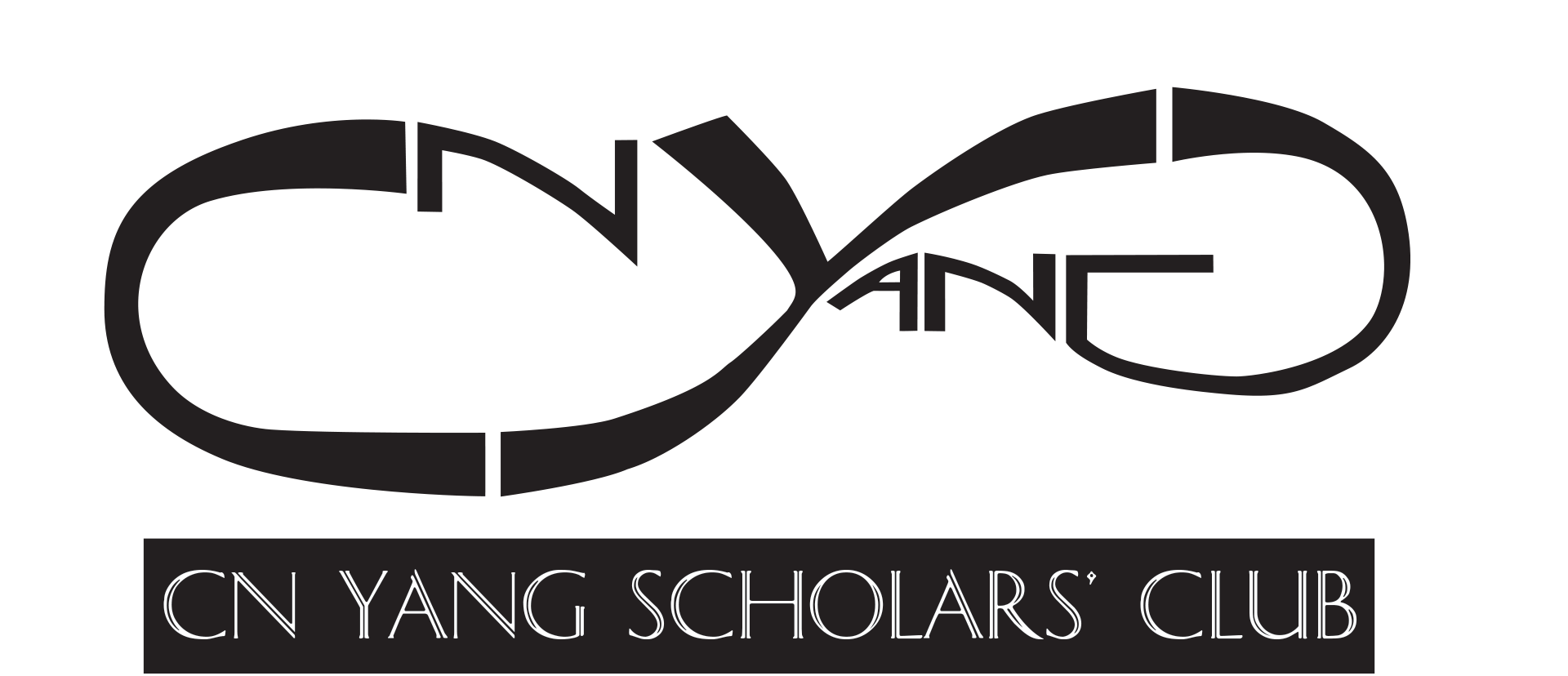[alpine-phototile-for-picasa-and-google-plus src=”user_album” uid=”117382818726251679027″ ualb=”6339836931222515105″ imgl=”fancybox” style=”wall” row=”4″ size=”400″ num=”8″ shadow=”1″ highlight=”1″ align=”center” max=”100″]
Duke-NUS 2016
BY TAN TIMOTHY JAMES CO
On 30th September, CN Yang Scholars Club enjoyed a visit to Duke-NUS Graduate Medical School, which was organised by the Outreach Team of the Ninth Executive Committee. The visit provided us with a better understanding of the various opportunities in reading Medicine at the graduate level.
The programme started with an activity that we were all very familiar with – a team-based learning (TBL) session called TeamLEAD, where we answered a set of questions individually at first (with pre-readings done beforehand) and then responded to the same questions as a team consisting of five to six members. As a freshman, it was highly similar to the TBL sessions we either enjoy or dread in most of our courses. The topic was on the decline in smoking rates among U.S. adults during Barack Obama presidency, where the effectiveness of the policies made on tobacco control were analysed in the pre-reading article. Putting ourselves in the shoes of the government, the session concluded with a single question on policy-making – If you were the health minister of Singapore, what single strategy would you implement to most effectively reduce smoking related deaths in Singapore? The question had five plausible choices which allowed room for debate, which was ironic considering that all four groups responded with the same choice.
Refreshments and networking with Duke-NUS students followed the TeamLEAD session. We talked to several MD and PhD students regarding admissions, their personal responses to the question by curious juniors and members of admissions committee alike – “Why Medicine?” – and what Duke-NUS is all about.
Networking with Duke-NUS students over refreshments
We were then taken on a tour around Duke-NUS where we had a glimpse of simulated operating theatres for students to practise their clinical and communication skills, and a lounge for students to relax and enjoy recreational activities. During the tour, we witnessed a medical student perform intubation on a dummy patient. He patiently explained to us when to perform it and the contraindications of intubation; in addition, he demonstrated how intubation works in an adult patient.
The programme concluded with informative and inspiring talks by two members of the academic faculty regarding the MD and PhD programmes available at Duke-NUS.
Indeed, it was an enriching and valuable visit to Duke-NUS Graduate Medical School. We had a glimpse of what it was like to be in the shoes of a medical student who would soon become either a clinician or a scientist (or even both!). As someone who has considered Medicine as a vocation, this visit has strengthened my inclination towards reading Medicine at the post-graduate level.
